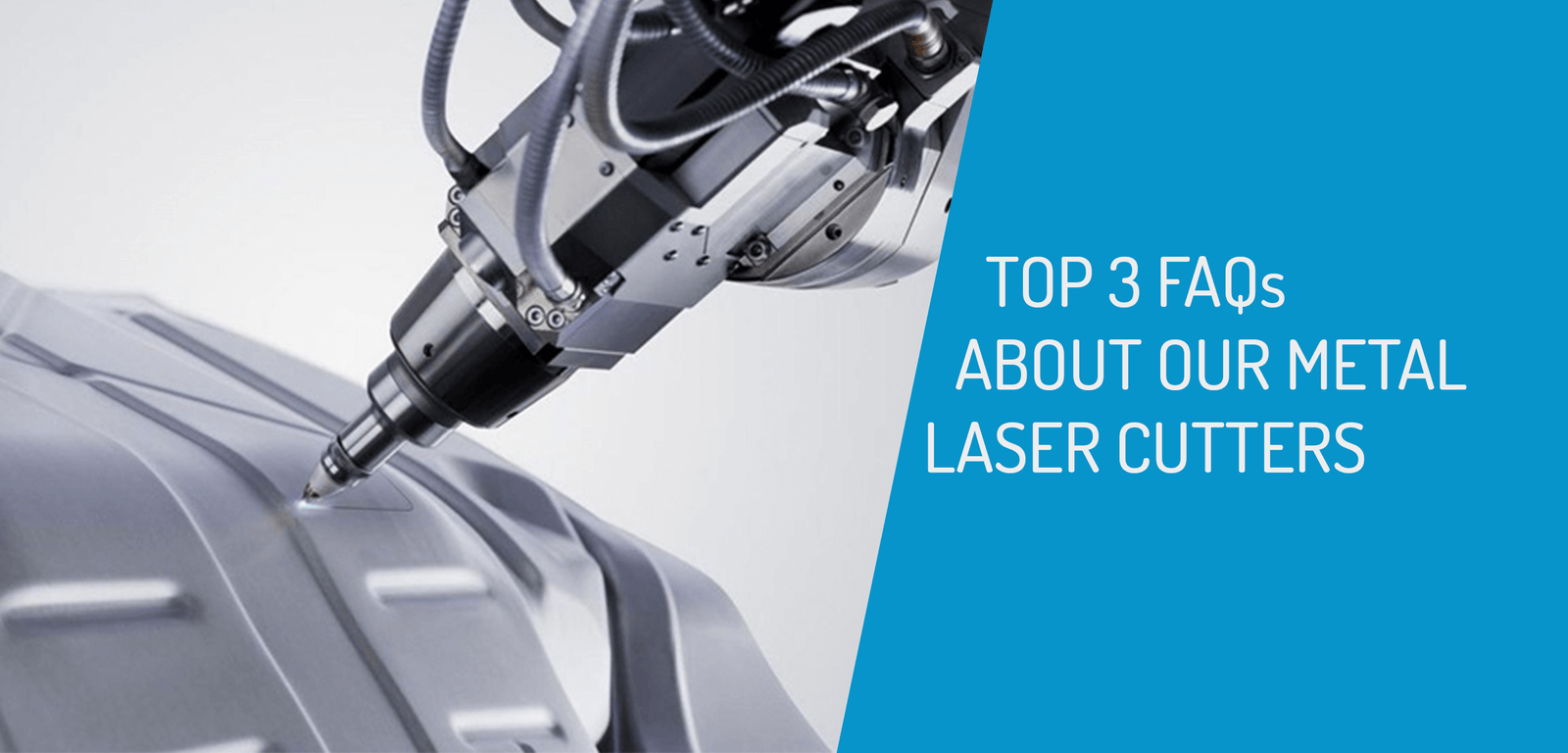KraussMaffei boosts Mexico’s agricultural industry with sustainable logistics solutions in packaging
Discover how KraussMaffei helped transform eco-friendly packaging in Mexico’s logistics sector—read the full case study now.
Welcome to Headland Technology Client log in
Whether you’re after a machine, spare part, power tool, or need to book a service call Headland will help you find the right solution in a timely manner.
Fill out the form below and the relevant expert will be in touch with you shortly.
The laser beam and cutting gas meet your workpiece through the one of TRUMPF’s range of high-precision nozzles. Choosing the right nozzle and ensuring it is in excellent condition is essential to your part’s quality. This also assists your processes productivity. Automatic nozzle changers are critical. You can leave your machine running. When your machine requires a new, or different cutting nozzle, this can occur without operator involvement. With 21 nozzle locations in the changer, each nozzle can be different meaning you can have maximum process flexibility. The nozzles screw into the cutting head and centre perfectly on the precisely machined surfaces. The nozzles are self-centreing and require less tape shots. Plus, a camera in the nozzle changer is scans the nozzle surface for scratches, etc which would otherwise cause poor quality cutting.
CoolLine is the water-cooled cutting function in our TRUMPF metal laser cutter. When cutting thicker components (16 mm+), the laser energy absorbs into the part as heat. Heat causes the properties in the material to change, thus impacting cut quality. CoolLine keeps the material cool, thus overcoming this problem. It enables the machine to cut very thin webs, nest the parts together closely, and achieve sharp, intricate details. The water evaporates once the cutting process ends.
To future-proof your factory, automate your machines with systems and software. TRUMPF offers many modular automation components. From semi-automatic loading to a complete, automated machine including connection to storage.
An automated production process offers transparency and efficiency. Your employees can focus more on their job which keeps everyone motivated. Your customers can also rely on you as a dependable supplier.
For more manufacturing and machinery tips and news, subscribe today.
Whether you’re after a machine, spare part, power tool, or need to book a service call Headland will help you find the right solution in a timely manner.
Fill out the form below and the relevant expert will be in touch with you shortly.
